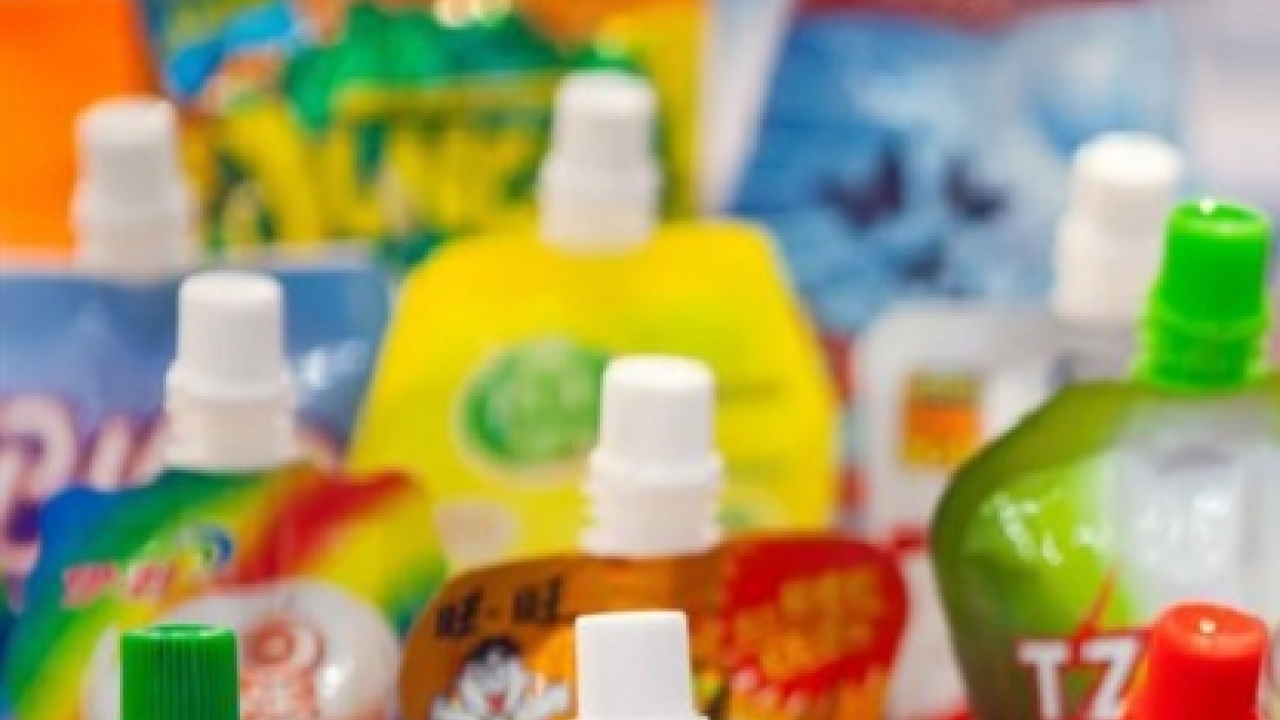Flexibles to reach 53.1% food packaging market share in 2018
A new report from Canadean has predicted that nearly 800 billion units of flexible packaging will be consumed within global retail food markets in 2018, meaning flexible packaging is set to expand its share in the food packaging market to 53.1 percent in the next three years.

The Canadean report, Aligning packaging innovation with consumer trends in food - the impact of current and future behaviors in packaging, has detailed that global demand for pouches in the food market will grow by 2,489 million pack units between 2014 and 2017, a 14.9 percent increase in the total food pouch market size. Metal, on the other hand, will record the slowest growth in the food packaging market, increasing at a marginal 2.5 percent CAGR between 2013 and 2018. Canadean said this illustrates the trend that, while glass, metal and paper packaging are slowly falling out of fashion, innovative flexible packaging is becoming more popular.
‘Pouches are both lightweight and durable, meaning products can be stored more easily in cupboards, are less likely to get damaged and are lighter to transport,’ said Kirsty Nolan, analyst at Canadean. ‘They also provide time-scarce consumers with instant meals and on-the-go snacks.’
Citing developments in microwavable pouches, Nolan noted how they are on the verge of replacing tinned ready-meal products, and said: ‘The outer plastic layers of microwavable pouches are designed to cool quickly while keeping contents hot, allowing consumers to eat straight from the microwave.’
Campbell’s is one of the food manufacturers that is already capitalizing on this trend, with its Go soup pouches targeting a younger, time-scarce generation of consumers. ‘The flavours were specifically designed to appeal to more adventurous palettes and the packaging was introduced to compliment the product with a greater volume. The packaging also features a transparent bottom, which allows consumers to assess the contents and its ingredients before purchase,’ said Nolan.
Strong growth in pouches, according to the report, is also due to: increased ease of opening and reseal functionality; minimized waste through the use of sustainable and biodegradable materials; and an improved shelf life of products though the use of multi-layer constructions.
Be sure to read about flexible package printing's presence at Labelexpo Europe 2015 in L&L issue 4, 2015, including the Packprint Workshop feature area
Stay up to date
Subscribe to the free Label News newsletter and receive the latest content every week. We'll never share your email address.

